How AI Is Actually Used in Arbitration Today
Warning: *Always double check the existence and accuracy of any source of information relied upon by AI tools*
Artificial intelligence (AI) is no longer a futuristic concept in international arbitration. It’s here—embedded in daily workflows and reshaping how disputes are managed from start to finish. While much has been said about AI’s potential, this post focuses on how it’s actually being used in practice right now.
From drafting and research to tribunal composition and procedural efficiency, AI is helping arbitration professionals work faster, smarter, and more transparently.
Drafting: Speeding Up What Matters Most
AI is helping practitioners automate the first drafts of legal documents. Tools like GPT-4 and CoCounsel are being used to draft:
Submissions and pleadings
Chronologies and witness statements
Procedural orders and summary briefs
This allows legal teams to begin with structured content and spend their time refining and adding nuance. The benefits are clearest in early-stage filings, where speed and clarity matter.
Learn more in Practical Implications of ChatGPT for Arbitration Practitioners
Research: Replacing Hours of Reading with Smart Search
AI tools now use natural language processing to extract case law, cross-jurisdictional precedent, and doctrinal principles. Instead of hours of scrolling, AI can:
Suggest contextually relevant rulings
Surface lesser-known precedents
Link legal arguments to specific clauses or issues
Explore our AI & Arbitration Guide for further reading.
Summarisation: From Volume to Clarity
AI-generated summaries and timelines are game changers in complex, document-heavy cases. Tools now:
Auto-generate event chronologies
Summarise lengthy submissions
Flag contradictions or gaps in evidence
This reduces both workload and cognitive overload for arbitrators and legal teams.
Dive deeper into The Wow Factor: Human Cognition in the Age of Algorithmic Summarisation
Decision Support: Predicting Patterns and Outcomes
Machine learning can now assist in predictive modelling, estimating:
Likelihood of success based on previous similar cases
Arbitrator tendencies and behaviours
Strategic insights for negotiation
This doesn’t replace legal judgment but supports it with data.
Learn how AI helps in Embracing AI in Practice: The 2025 AAA-ICDR’s Future Dispute Resolution Conference
Arbitrator Selection: Smarter Tribunal Composition
AI is also used to recommend arbitrators by analysing:
Past decisions and case involvement
Sector expertise and language fluency
Conflict risk and diversity indicators
This is particularly helpful in complex or high-stakes commercial disputes.
Read Designing Ethical AI for Dispute Resolution
Administrative Automation: Behind-the-Scenes Gains
Many institutions are using AI for procedural automation, including:
E-discovery and document indexing
Automated correspondence and scheduling
Filing reminders and status tracking
These changes may be invisible to parties—but they significantly reduce cost and increase speed.
See trends in AI in Arbitration: 2025 Trends Every Practitioner Should Know
Governance and Ethics: Building Responsible Systems
As use grows, so does the need for governance. Enter Constitutional AI, which promotes fairness, transparency, and human oversight in AI systems.
Learn how this applies in Constitutional AI in International Arbitration
In Summary
AI in arbitration is no longer theoretical—it’s practical, measurable, and growing. From helping lawyers draft smarter to supporting ethical decision-making, AI is part of today’s workflow.
Want more insight? Explore ArbTech’s full blog archive, including posts on:
Or follow us on LinkedIn for ongoing updates.
